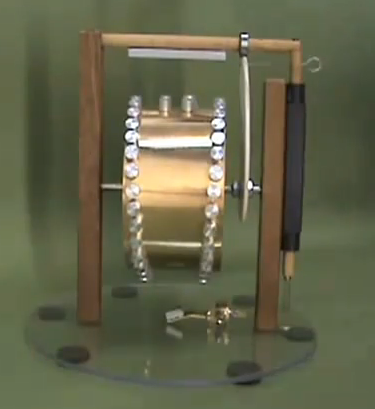The thing is that I'm only seeing 2 places to pull the energy out of the resonance.
Either in beteween the capacitor and secondary, where the current is sloshing back and forth.
Or from the primary, where it's returned.
This is tricky.
Either in beteween the capacitor and secondary, where the current is sloshing back and forth.
Or from the primary, where it's returned.
This is tricky.






Comment